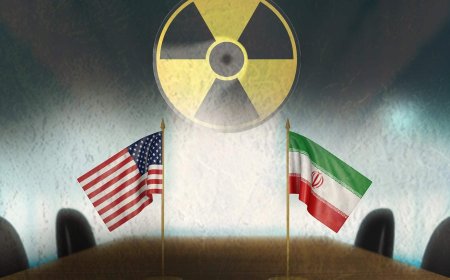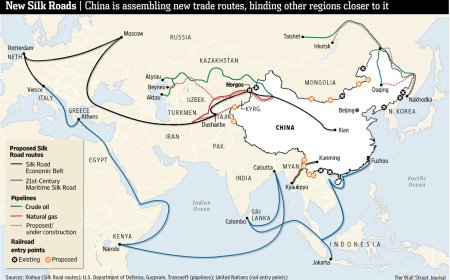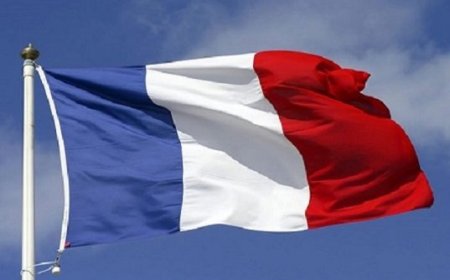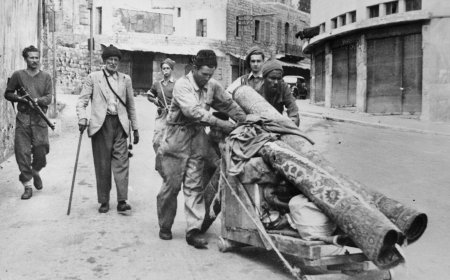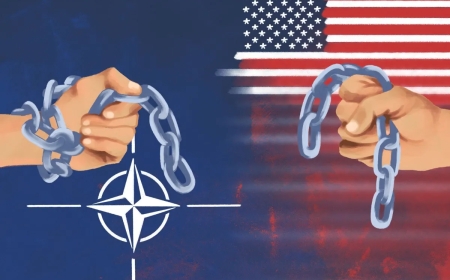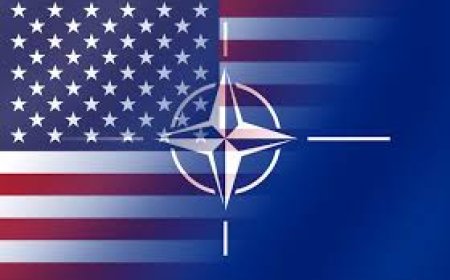UN Security Council Approves US-Led Ceasefire Resolution in Gaza
In a significant diplomatic move, the United Nations Security Council approved a resolution proposed by the United States to establish a ceasefire in Gaza and facilitate the release of prisoners. The resolution received overwhelming support, with 14 votes in favor and only Russia abstaining.
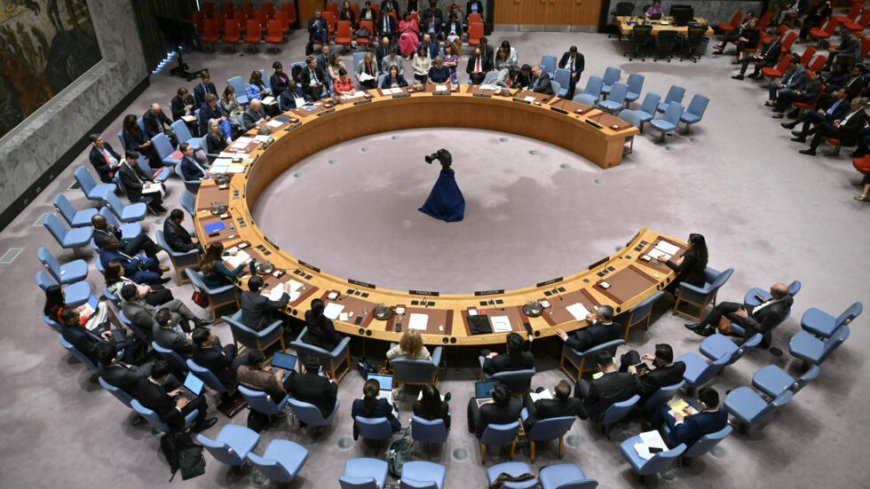
In a significant diplomatic move, the United Nations Security Council approved a resolution proposed by the United States to establish a ceasefire in Gaza and facilitate the release of prisoners. The resolution received overwhelming support, with 14 votes in favor and only Russia abstaining.
Resolution Details and Reactions
The resolution mandates a permanent ceasefire, the complete withdrawal of occupying forces from Gaza, a prisoner exchange, the reconstruction of Gaza, and the return of Palestinians to their homes without demographic or territorial changes. The Security Council's decision aims to bring stability and aid to the region, ensuring the delivery of necessary humanitarian assistance.
Hamas has expressed opposition to certain aspects of the resolution, particularly the establishment of a permanent ceasefire and the withdrawal conditions. However, the movement welcomed the entry of humanitarian aid and expressed willingness to engage in indirect negotiations mediated by third parties to align the resolution's implementation with the Palestinian people's aspirations and resistance efforts.
Tahir El Nunu, media advisor to Ismail Haniyeh, emphasized the necessity of a complete cessation of hostilities to progress towards any agreement on prisoner exchanges. El Nunu criticized Washington's role, accusing it of bias towards Israel and calling for a halt to what he termed the "Zionist regime's" actions against Palestinians.
In contrast, the Palestinian Islamic Jihad movement praised the Security Council's decision, stating that the resistance had compelled the enemy to concede. The movement reaffirmed its commitment to the fight for Palestinian rights and independence.
Implementation Phases
The US-backed resolution outlines a phased approach:
-
First Phase: Establish a full and comprehensive ceasefire, facilitate the release and exchange of prisoners, ensure the withdrawal of Israeli forces from Gaza settlements, and enable the safe distribution of large-scale humanitarian aid.
-
Second Phase: Achieve a permanent end to hostilities, complete the withdrawal of occupation forces from Gaza, and secure the release of all captives.
-
Third Phase: Initiate the reconstruction of Gaza, involving international support and efforts to rebuild housing and infrastructure.
Broader Implications
The UN Security Council's adoption of this resolution marks a pivotal moment in the ongoing conflict, reflecting international consensus on the need for immediate humanitarian relief and a long-term political solution. The resolution's success hinges on the cooperation of all parties involved, particularly in ensuring that humanitarian aid reaches those in need and that steps towards peace and reconstruction are taken without further escalation.

